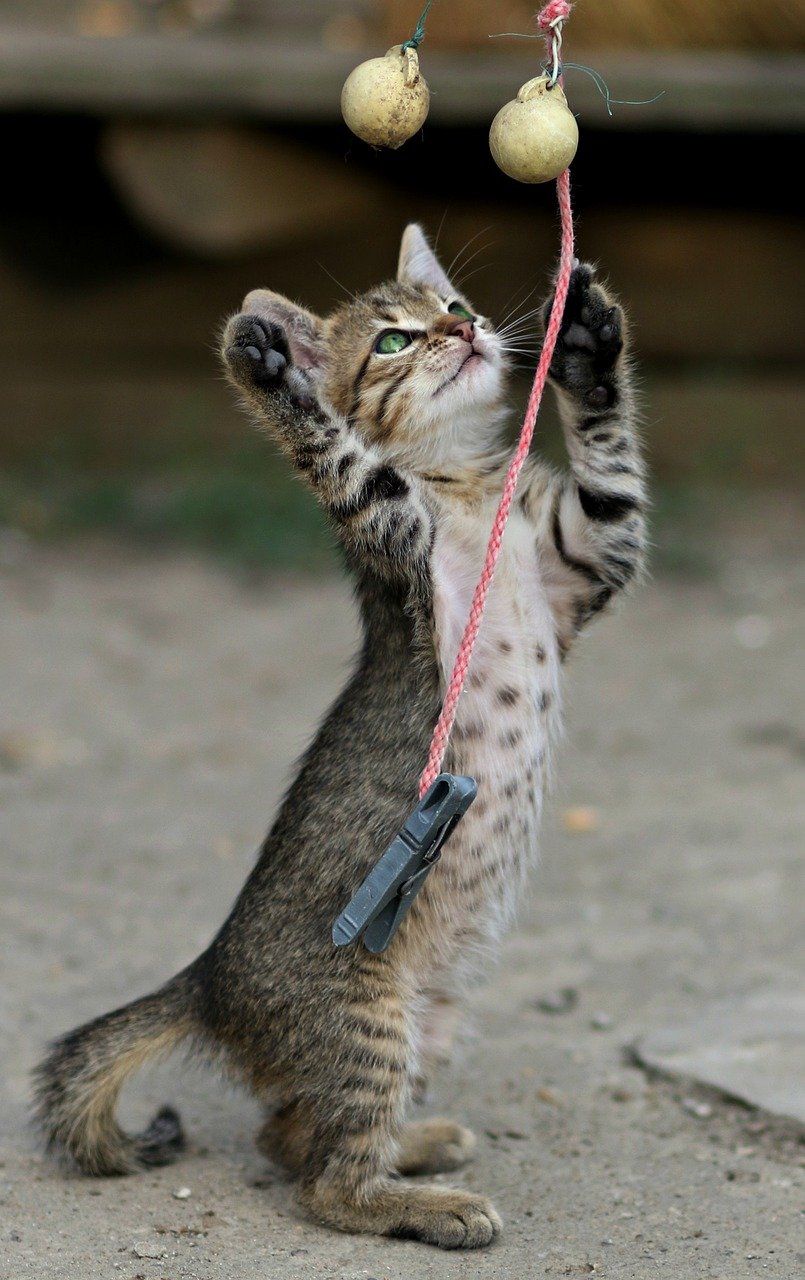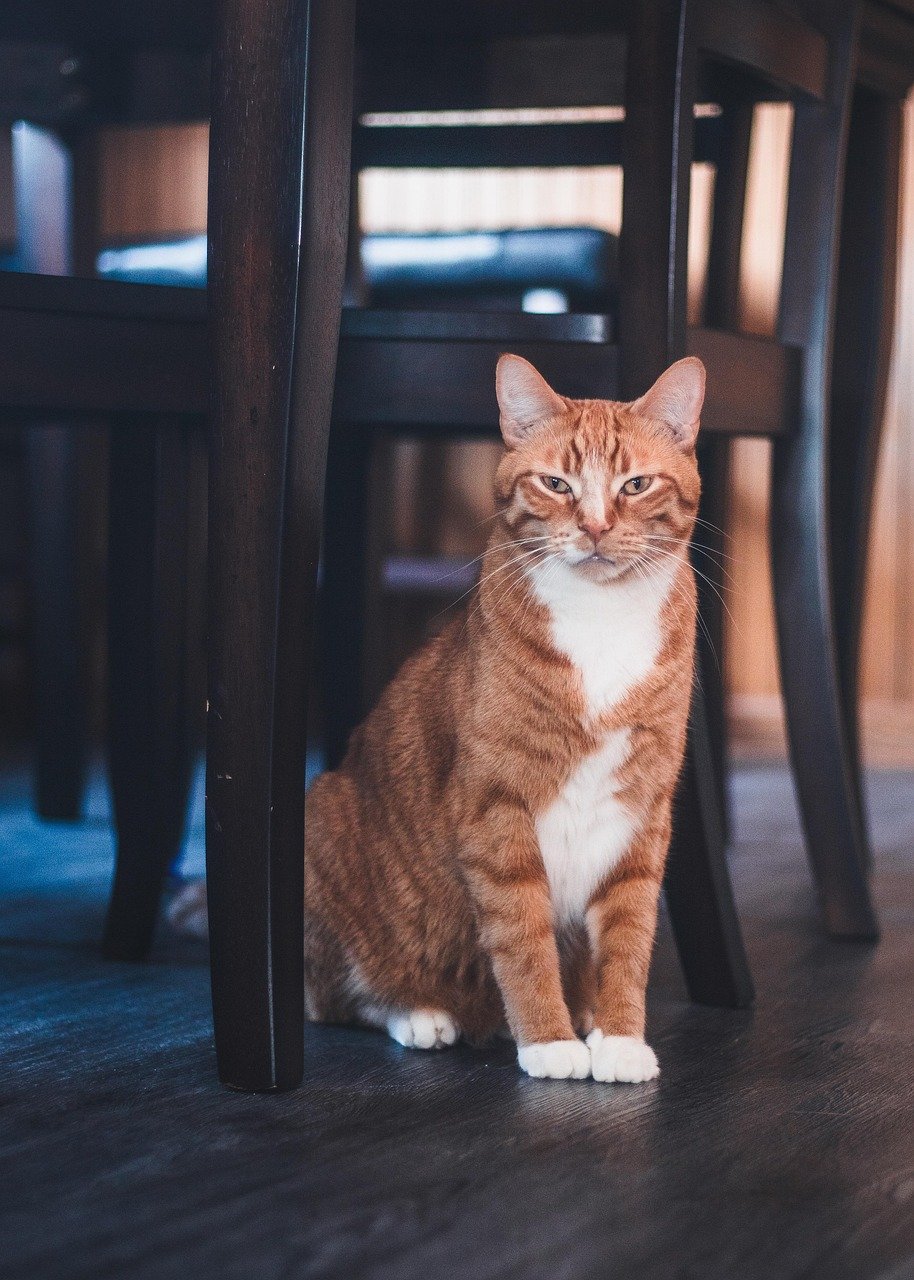Have you ever seen the heartbreak in your cat’s eyes after a sudden scare? The way they skitter to the farthest corner, ears flattened, heart pounding, leaving you feeling helpless and desperate to make things right? Rebuilding a cat’s trust after such a frightening event isn’t just important—it’s essential for the bond you share. Cats are sensitive creatures; their trust takes time to grow, but can be shattered in seconds. If you’re ready to make amends and see your feline friend’s gentle gaze filled with love again, this guide will walk you through every step.
Recognizing Signs of Fear and Distrust

Cats express fear in ways that can be subtle or dramatic. Some hide under furniture, refuse food, or avoid eye contact, while others may hiss, swat, or arch their backs. Understanding these behaviors is crucial to helping your cat heal. If your cat no longer greets you or seems jumpy at every sound, these are clear signals of broken trust. Watch for body language such as dilated pupils, crouched posture, or a puffed-up tail. These physical cues show your cat is still on edge. It’s important not to rush or force interactions, as this can increase their anxiety. Give your cat space and time to process what happened. Observing and respecting these signs is your first step toward rebuilding trust.
Giving Your Cat Space

After a scare, your cat’s instinct will be to seek safety and solitude. This is their natural way of coping. Avoid the temptation to chase after them or coax them out of their hiding spot. Instead, make sure they have access to safe, quiet spaces where they can retreat and feel secure. You can place cozy blankets or a favorite bed in their chosen spot to make it more inviting. Allow your cat to come out on their own terms; patience is key here. Respecting their need for space reassures them that you pose no threat. Remember, pushing too soon can set back their recovery.
Maintaining a Calm Environment

A peaceful atmosphere is vital for a frightened cat’s recovery. Loud noises, sudden movements, or bustling activity can heighten their stress and delay healing. Keep your home as calm as possible: speak softly and move gently around your cat. Dim lights or soft background music can help soothe frazzled nerves. If possible, limit visitors or other household disruptions until your cat seems more at ease. Creating this tranquil environment signals to your cat that they are safe. Over time, this calmness will help them feel secure enough to venture out and reconnect with you.
Speaking Softly and Moving Slowly

Your voice and body language are powerful tools in rebuilding trust. Speak in gentle, reassuring tones, avoiding sudden outbursts or loud laughter that might startle your cat again. When you approach your cat, do so slowly and from the side rather than head-on, as direct approaches can be intimidating. Keep your movements fluid and predictable—no quick grabs or gestures. If you need to pick something up near your cat, narrate your actions softly so they aren’t surprised. These simple adjustments show your cat that you respect their boundaries and want to make them comfortable.
Letting Your Cat Approach You First

Allowing your cat to make the first move is a crucial step in restoring trust. Sit quietly in the same room, maybe reading or working, and let your cat decide when to come closer. Avoid reaching out or staring directly at them, as this can feel threatening. Instead, try to pretend you’re not paying attention—cats often find this less intimidating. If your cat decides to approach, reward them with soft praise or a gentle blink, which is a friendly gesture in cat language. This gives your cat control over the interaction, helping them feel more confident and less fearful.
Offering Treats and Positive Reinforcement

Treats can work wonders for mending fences with a scared cat. Choose high-value treats your cat loves, like tiny bits of chicken or their favorite snack. Place a treat nearby and gradually decrease the distance over time, never forcing your cat to come closer than they’re comfortable with. Pair treats with calm, reassuring words to create positive associations. You can also use toys or gentle petting (if your cat seems receptive) as rewards. Celebrate even small steps, like your cat peeking out from their hiding place. Over time, these positive experiences help replace fear with trust.
Respecting Their Boundaries

Every cat has personal boundaries, especially after a scary event. Some might be ready for gentle petting sooner than others, while some need days or even weeks before they’re willing to interact. Pay close attention to your cat’s signals—if they move away, stop petting immediately. Avoid picking up or restraining your cat unless absolutely necessary, as this can worsen their fear. Establishing a routine where your cat knows what to expect from you helps build security. Consistently respecting their boundaries shows your cat you’re trustworthy and patient, which is exactly what they need.
Using Familiar Scents and Comfort Objects

Scent is incredibly important to cats—it’s how they recognize safety and familiarity. Surround your cat with items carrying your scent, like a worn T-shirt or a favorite blanket. You can also use their own bedding or toys to create a comforting environment. Some cat owners find success with synthetic pheromone sprays or diffusers, which mimic the calming scents cats produce naturally. These familiar smells can help soothe your cat’s nerves and remind them of happier times. By creating a scent-rich, comfortable space, you encourage your cat to relax and rebuild positive associations.
Re-establishing Routine and Predictability

Cats thrive on routine. After a scare, sticking to a predictable schedule can help restore their sense of security. Feed your cat at the same times each day, keep playtime consistent, and maintain regular cleaning of litter boxes and feeding areas. Predictability reduces anxiety and helps your cat anticipate what’s coming next, making their world feel less chaotic. Even the tone of your daily interactions—like calling their name for meals—can offer reassurance. Over time, a steady routine reassures your cat that life is safe and manageable again.
Encouraging Gentle Play

Play can be a powerful way to rebuild trust, but it must be introduced gently. Use toys that allow your cat to interact from a distance, like feather wands or string toys, so they don’t feel cornered. Avoid loud or overly aggressive play styles, as these can be overwhelming. Watch your cat’s reactions closely—if they seem hesitant, slow down or switch to a calmer game. Play restores positive energy and brings back fun into your relationship. As your cat grows more comfortable, their natural curiosity will return, paving the way for deeper trust.
Using Food to Build Bridges

Food is a universal language of love for cats. Offer small, tasty meals by hand or in a dish near where your cat feels safe. If your cat is still wary, just placing the food nearby is enough. Gradually, you can encourage your cat to eat closer to you, reinforcing positive associations. Mealtime can become a bonding ritual, especially if you talk softly or gently stroke your cat (if they allow it). Remember, never force your cat to eat or invade their space during meals. Patience here can turn nervousness into anticipation and joy.
Rebuilding Through Eye Contact and Blinking

Direct eye contact can feel threatening to cats, especially after they’ve been scared. However, slow blinking is a sign of trust and affection in cat language. Try blinking slowly at your cat when you catch their gaze, and see if they respond in kind. This gentle gesture tells your cat you mean no harm and want to reconnect. If your cat blinks back, it’s a sign they’re starting to trust you again. Practice this daily, but don’t force it—just offer the invitation and let your cat respond when they feel safe.
Involving the Whole Family

If you share your home with others, everyone needs to be on the same page. Make sure all family members understand your cat’s need for space and calm. Teach children not to chase or grab the cat, explaining the importance of gentle interactions. Even guests should know to respect boundaries and avoid loud noises. This unified approach prevents setbacks and helps your cat feel secure in every corner of the home. When everyone is kind and careful, your cat will sense the safety and may come out of their shell faster.
Minimizing Other Stressors

After a scare, your cat’s nerves are on edge, so it’s crucial to minimize additional stress. Avoid rearranging furniture, introducing new pets, or making other big changes in the environment. If you must make changes, do so gradually and with plenty of reassurance. Keep other pets away until your cat seems more relaxed, and monitor interactions closely. Reducing background stressors allows your cat to focus on healing from the primary scare. This creates an environment where rebuilding trust is much easier and recovery can happen more quickly.
Recognizing Progress and Small Victories

Every tiny sign of improvement—from a peek out of hiding to a tentative tail flick—deserves celebration. Take note when your cat starts eating in your presence or ventures closer during quiet times. These are major milestones on the path to trust. Avoid comparing progress to other pets or expecting instant results; every cat heals at their own pace. Share your joy with gentle praise or a favorite treat, reinforcing your cat’s brave steps forward. Recognizing and celebrating these victories makes both you and your cat feel hopeful and connected.
Patience: The Ultimate Ingredient

Patience is truly the heart of rebuilding trust. Some cats may bounce back within days, while others need weeks or even months. It’s natural to feel frustrated or sad when progress is slow, but remember—your calm persistence is what your cat remembers most. Think of trust-building as planting a garden: with steady care, gentle attention, and time, beautiful things will grow. Keep showing up for your cat, even on tough days, and you’ll gradually see their confidence blossom again. Your patience will be rewarded with deeper love and loyalty.
When to Seek Professional Help

Sometimes, despite your best efforts, a cat’s fear lingers or worsens. If your cat refuses to eat, uses the litter box outside the box, or becomes aggressive, it may be time to consult a veterinarian or a feline behavior specialist. Medical issues can sometimes masquerade as behavioral problems, so a check-up is important. A professional can offer tailored strategies and, if necessary, recommend calming aids or therapies. Seeking help is not a failure—it’s a sign of your dedication to your cat’s well-being. Early intervention can make all the difference in recovery.
Managing Your Own Emotions

Seeing your beloved cat scared or distant can be heartbreaking. It’s normal to feel guilt, sadness, or frustration. Remember, your emotions can affect your cat, as they are sensitive to your energy and mood. Practice self-care and reach out to fellow cat lovers for support. Remind yourself that setbacks are part of the process, not a reflection of your love or effort. By staying calm and positive, you help create an environment where your cat feels safe to trust again. Your resilience inspires your cat to heal and reconnect.
Preventing Future Scares

Once trust is rebuilt, it’s wise to think about how to prevent future upsets. Make your home as cat-friendly as possible by securing windows, avoiding loud appliances, and keeping unfamiliar animals at bay. Respect your cat’s sensitivities and avoid rough play or sudden noises. If you must do something potentially scary, like vacuuming or having visitors, give your cat advance warning and a safe place to retreat. Prevention is always better than cure, and by staying mindful, you protect the bond you’ve worked so hard to rebuild.
Cherishing the Renewed Bond

After all the patience, gentle care, and small victories, seeing your cat trust you again is a powerful feeling. The renewed bond will likely be even stronger than before, built on mutual respect and understanding. Take time to cherish simple moments—gentle headbutts, soft purrs, or just sitting quietly together. Reflect on how far you’ve both come and celebrate the unique relationship you share. The journey to rebuild trust is not easy, but it is deeply rewarding for both you and your feline companion.
Hi, I’m Bola, a passionate writer and creative strategist with a knack for crafting compelling content that educates, inspires, and connects. Over the years, I’ve honed my skills across various writing fields, including content creation, copywriting, online course development, and video scriptwriting.
When I’m not at my desk, you’ll find me exploring new ideas, reading books, or brainstorming creative ways to solve challenges. I believe that words have the power to transform, and I’m here to help you leverage that power for success.
Thanks for stopping by, Keep coming to this website to checkout new articles form me. You’d always love it!






